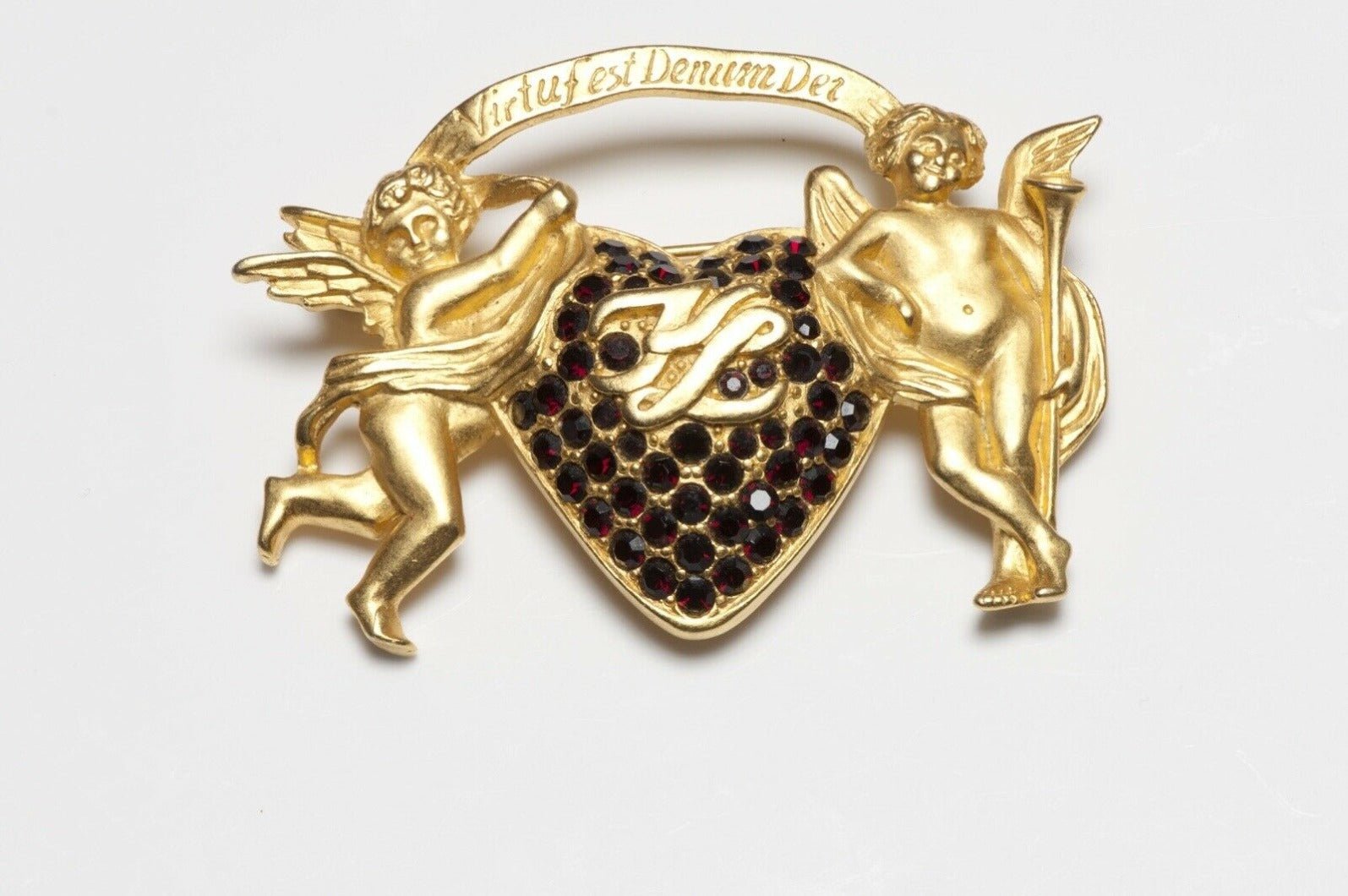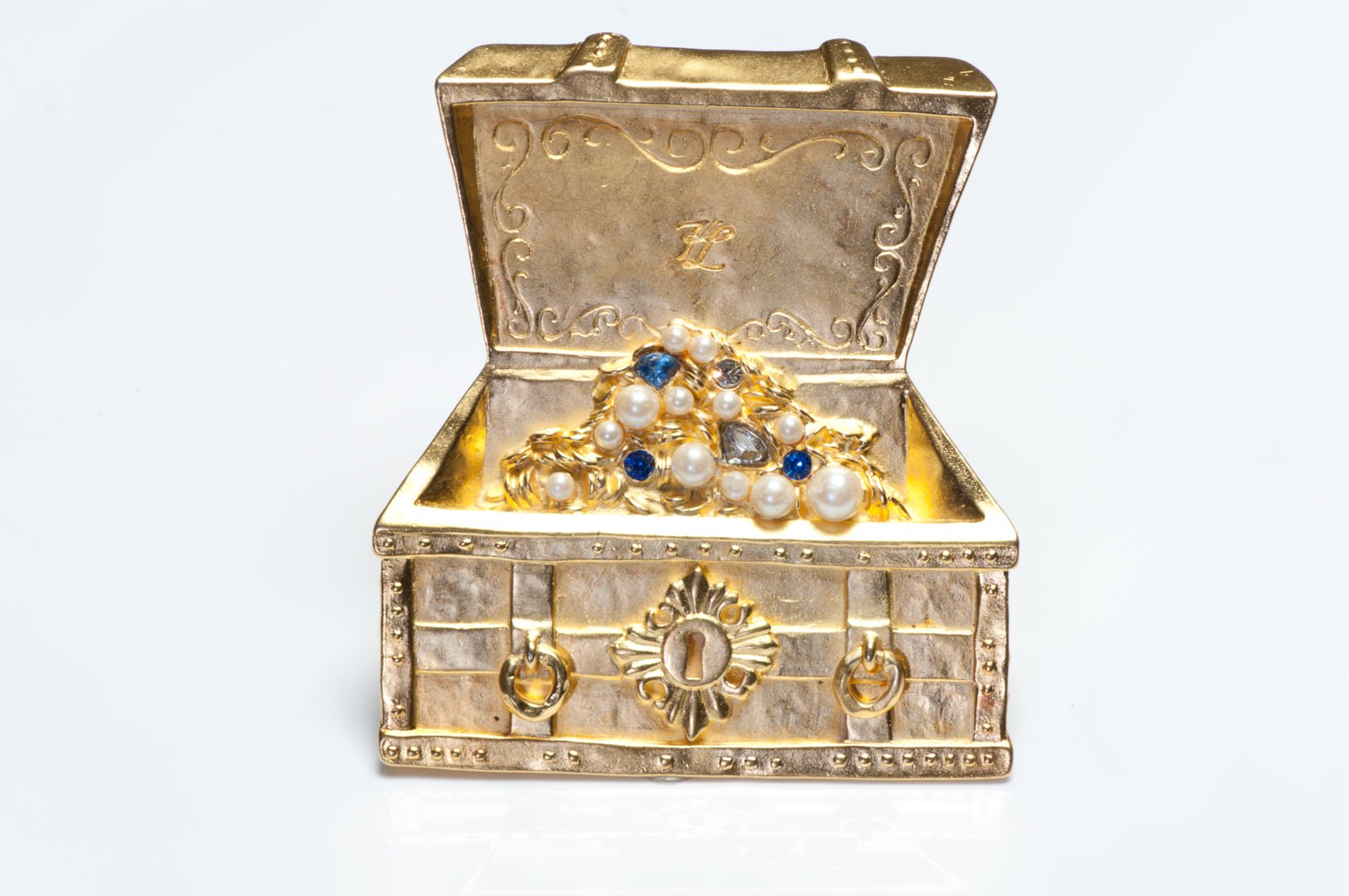
Honesty Gets Rewarded: What Happened To The Mont Blanc Treasure
Honesty gets rewarded: Mountaineer receives half of the treasure he discovered and handed over to the authorities instead of keeping it.
A treasure trove of emeralds, rubies, and sapphires buried for decades in a glacier on Mont Blanc in France has finally been shared between the young mountaineer who discovered them and the city of Chamonix, eight years after they were found.
"The stones were divided this week" into two equal lots, divided by two gemology experts, each lot valued at about 150,000 euros, announced the Mayor of Chamonix, Eric Fournier.
A treasure trove of emeralds, rubies, and sapphires buried for decades in a glacier on Mont Blanc in France has finally been shared between the young mountaineer who discovered them and the city of Chamonix, eight years after they were found.
"The stones were divided this week" into two equal lots, divided by two gemology experts, each lot valued at about 150,000 euros, announced the Mayor of Chamonix, Eric Fournier.
The Discovery Of The Treasure
Let's go back in time. It was 2013. A French mountaineer climbs Mont Blanc. During his journey, the man found a metal box filled with precious gemstones. Emeralds, rubies, sapphires, the treasure was worth around 300,000 euros.
Instead of keeping the precious stones, he handed over the treasure to the authorities so that it could be handed over to its rightful owner. His honesty seems to have been repaid since now half of the treasure goes to him.
The law provides that, as no owner or heir has been found within two years, half of the treasure goes to the mountaineer who discovered it, and a half to the owner of the Bossons Glacier where it was found, that is, in the commune of Chamonix.

Photo Credit: Pixabay
After being informed he would be given a part of the jewels, the climber, who wished to remain anonymous, told Le Parisien newspaper he did not "regret having been honest" and that he would use some of the money to renovate his apartment.
At his turn, the mayor of Chamonix, Éric Fournier, said he was "very happy that this case was successful, especially for the discoverer", whom he wanted to "thank for his integrity".
Instead of keeping the precious stones, he handed over the treasure to the authorities so that it could be handed over to its rightful owner. His honesty seems to have been repaid since now half of the treasure goes to him.
The law provides that, as no owner or heir has been found within two years, half of the treasure goes to the mountaineer who discovered it, and a half to the owner of the Bossons Glacier where it was found, that is, in the commune of Chamonix.

Photo Credit: Pixabay
After being informed he would be given a part of the jewels, the climber, who wished to remain anonymous, told Le Parisien newspaper he did not "regret having been honest" and that he would use some of the money to renovate his apartment.
At his turn, the mayor of Chamonix, Éric Fournier, said he was "very happy that this case was successful, especially for the discoverer", whom he wanted to "thank for his integrity".
The Kangchenjunga Accident
When the search began in 2013 to find the owner of this treasure, the French police believed that it was an Indian family, as two Air India planes crashed on Mont Blanc.
According to authorities, the gemstones are likely to have come from the 1966 Kangchenjunga crash of an Air India Boeing 707 on the Bombay-New York route. It had crashed on the glacier with 117 passengers on board at an altitude of about 4750 meters. No passengers survived the crash.
Physicist Homi J. Bhabha, known to be the father of India's nuclear program, was among those who died in the 1966 crash.
Fifteen years earlier, another Air India plane, the Malabar Princess, had crashed on the same glacier on November 3, 1950, at an altitude of 4,700 meters, killing 48 people. Rumor had it then that it contained gold bars, but no trace of it has been found.
The Bossons Glacier regularly carries debris from air disasters in Mont Blanc. As early as 1975, mountain guide Christian Mollier discovered the Malabar Princess' landing gear during a mountain race.
According to authorities, the gemstones are likely to have come from the 1966 Kangchenjunga crash of an Air India Boeing 707 on the Bombay-New York route. It had crashed on the glacier with 117 passengers on board at an altitude of about 4750 meters. No passengers survived the crash.
Physicist Homi J. Bhabha, known to be the father of India's nuclear program, was among those who died in the 1966 crash.
Fifteen years earlier, another Air India plane, the Malabar Princess, had crashed on the same glacier on November 3, 1950, at an altitude of 4,700 meters, killing 48 people. Rumor had it then that it contained gold bars, but no trace of it has been found.
The Bossons Glacier regularly carries debris from air disasters in Mont Blanc. As early as 1975, mountain guide Christian Mollier discovered the Malabar Princess' landing gear during a mountain race.


















